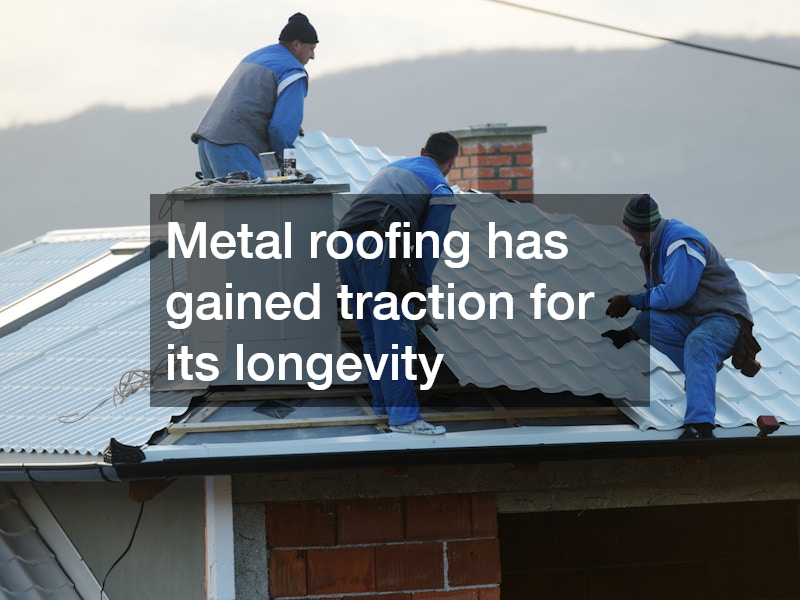Choosing the right materials for your new roof is crucial for its longevity and performance. With the variety of materials available today, understanding their unique characteristics and how they align with your needs is essential. The factors to consider include the local climate, cost, durability, and environmental impact.
By navigating these considerations, you can select a roofing material that suits both your functional requirements and aesthetic preferences.
Popular Roofing Materials
Asphalt shingles are one of the most commonly used roofing materials due to their affordability and ease of installation. They offer a good balance of durability and cost, often lasting 15 to 30 years depending on the quality and weather conditions. Asphalt shingles come in a variety of styles and colors, allowing homeowners to tailor their roof to the aesthetic of their homes. Despite their popularity, they may require more maintenance compared to other materials, particularly in harsh weather conditions.
Metal roofing has gained traction for its longevity, energy efficiency, and modern appearance. It is incredibly durable, capable of withstanding extreme weather conditions such as strong winds and heavy snowfall. Metal roofs can last 40 to 70 years with minimal maintenance and are often made from recyclable materials, making them an environmentally friendly choice. However, the initial cost is higher than asphalt shingles, although this can be offset by reduced energy bills and the minimal need for future repairs.
Clay and concrete tiles are another popular option known for their distinctive look and durability. These materials can last 50 years or more with proper maintenance. Clay tiles are particularly suited for warmer climates due to their excellent thermal properties, which help reduce cooling costs by reflecting sunlight. While the cost and weight of clay and concrete tiles might be issues to consider, their longevity and low maintenance needs often justify the investment for many homeowners.
Climate and Material Choice
The climate plays a significant role in determining the most suitable roofing materials for your home. For instance, in regions with temperature extremes, materials that expand and contract without damage, like metal roofing, are preferred. On the other hand, asphalt shingles might become brittle in extreme cold. The local climate not only impacts the choice of material but also dictates the color and design, as lighter colors can reflect heat effectively in warmer regions.
Resistance to moisture and precipitation is a crucial consideration, especially in areas prone to heavy rainfall or snow. Metal roofs and tiles generally perform well under such conditions due to their water-resistant properties. Asphalt shingles can also be effective, provided they are of high quality and properly maintained. It is essential to consider the capacity of the chosen material to withstand prolonged exposure to moisture without compromising its integrity.
UV radiation is another environmental factor that can affect the performance and longevity of roofing materials. Roofs made from materials like metal and high-quality asphalt shingles often come with UV-resistant finishes that prolong their lifespan. In areas with high UV exposure, selecting materials that do not degrade rapidly under sun exposure is vital. Additionally, regular inspections and maintenance can help detect early signs of UV damage, allowing for timely repairs.
Environmental Considerations
Environmental considerations play a growing role in the selection of roofing materials. Homeowners are increasingly prioritizing materials that offer high energy efficiency and excellent insulation properties. For instance, metal roofs and clay tiles are known for their reflective properties, contributing to reduced cooling costs during hot seasons. Energy-efficient roofs not only benefit the environment by reducing energy consumption but also lower household utility bills, providing financial savings in the long run.
Sustainability and recyclability are major concerns for eco-conscious homeowners looking to reduce their environmental footprint. Materials such as metal are often made from recycled content and can be fully recycled at the end of their lifespan, supporting sustainable practices. Additionally, some manufacturers offer shingle recycling programs, allowing asphalt shingles to be repurposed rather than ending up in landfills. Selecting materials with these environmental benefits aligns with sustainable living practices and promotes a healthier planet.
Cool roofing technologies have become an integral part of environmentally friendly home design. These technologies involve using materials that increase solar reflectance and thermal emittance, effectively minimizing heat absorption and thus reducing the urban heat island effect. Cool roofs are particularly beneficial in warmer climates where they can significantly reduce cooling energy use. Implementing such technology in your roofing choice enhances not only the environmental performance of your home but also indoor comfort levels.
Choosing the appropriate roofing materials involves a careful evaluation of various factors, including popularity, climate suitability, lifespan, cost, and environmental impact. By understanding your specific needs and priorities, you can ensure that your new roof is both functional and aesthetically pleasing for years to come. The diversity of materials available today presents numerous opportunities to align roofing choices with personal values, be it through economic considerations or environmental consciousness. Ultimately, an informed decision will provide long-term satisfaction and protection.




